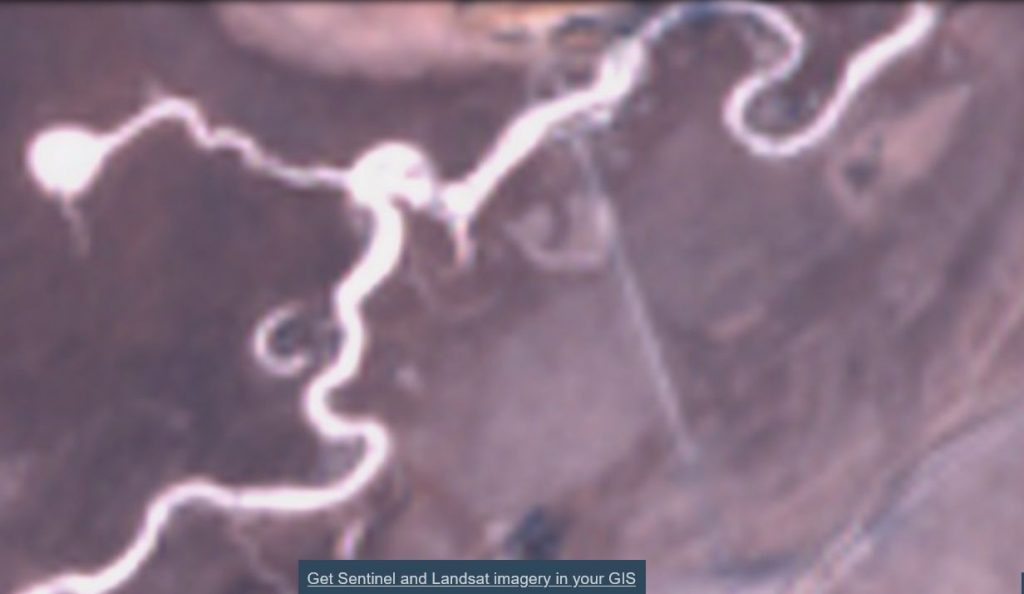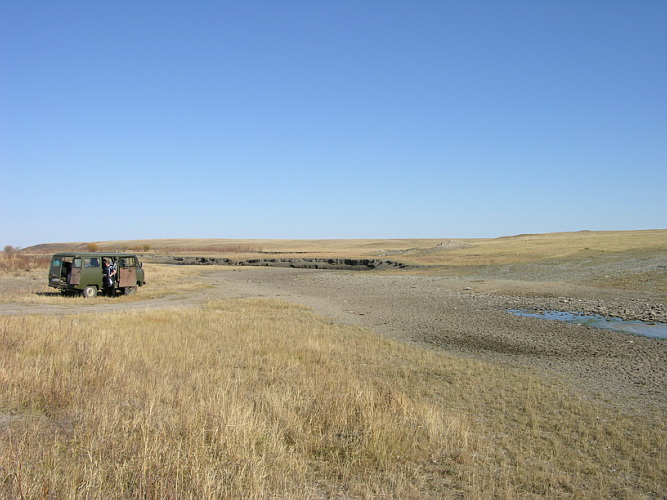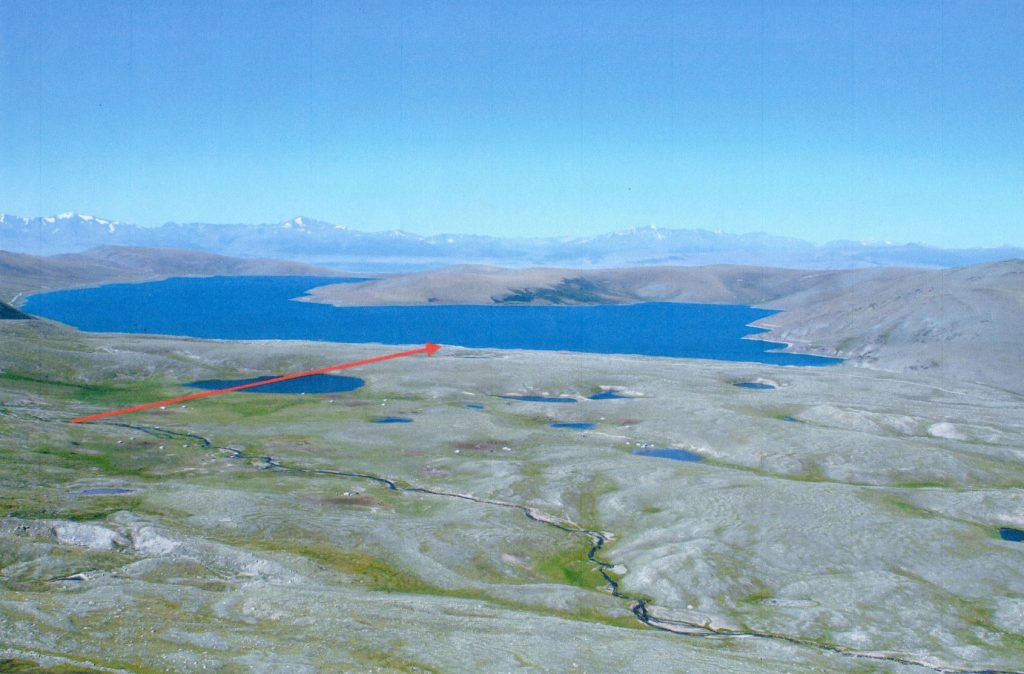
In many transboundary basins of the World the lack of joint plans of shared basin management based on the latest environmental and hydrological research prompts riparian countries to unilateral actions for water accumulation and use within their respective boundaries, while ignoring environmental consequences of such practice. The countries often present such projects as voluntary commitments under the Paris Agreement.

Construction of a dam (and a reservoir) on the Ulz river demonstrates the negative example in this respect. Such construction poses a direct threat to Torey lakes and the transboundary UNESCO World Heritage site “Landscapes of Dauria” as a whole. Torey lakes remain one of the last important places in global migratory routes for water fowls and wetland birds.

Dam construction is a part of the Blue Horse Infrastructure Project: dams are planned at 33 section sites along 12 largest Mongolian rivers for collection of rain, snow and flood water, as well as for “water diversion to the Gobi region”, where surface water is scanty and mining industry is developed. The Governmental action plan (2021-2025) adopted after elections includes a number of reservoir projects on the Khovd (Erdeneburen HPP), Orkhon, Ongi, Kherlen and Selenge rivers.

The Blue Horse Project threatens two World Heritage sites, four wetlands in the Ramsar Convention’s list, four UNESCO’s biosphere reserves and all large natural river ecosystems in Mongolia (mainly, transboundary ones). If Mongolia may construct such a dam on the small Ulza River without bilateral negotiations with Russia and an assessment of impact on a UNESCO World Heritage site, the same construction can be repeated in Onon, Kherlen, Egiyin-gol, Selenga and any other transbounsdary basins. The Blue Horse Project aggravates the already existing contradictions between the neighboring countries and hampers formation of a joint system for shared basin management.
After discussing this pressing issue the International EECCA NWO Conference “Transboundary Water Cooperation in the EECCA countries: Lessons Learned and Future Directions” (March 2-3, 2021) adopted a Resolution that states:
In the context of the risks posed by adaptation projects in Russian and Mongolian river basins, the following was recommended:
• Recommend to authorized bodies responsible for transboundary water basins in Russia and Mongolia to suspend construction of a dam on the Ulz River until a joint comprehensive environmental and economic impact assessment is made and the public discussion of the project assessment results is completed in the two countries. Recommend analyzing alternative ways to meet water demands in the context of changing climate and cyclical water fluctuations.
• Apply to the UNESCO World Heritage Center and Committee, the advisory bodies of the World Heritage Convention, and the Secretariat of the Ramsar Convention on Wetlands with a recommendation to urgently consider threats to a world heritage site under the title “Landscapes of Dauria” and call for immediate EIA of a dam project on the Ulza River with the project suspended until the Convention bodies review the assessment.
• Address the Mongolian Government with a proposal to conduct a strategic environmental assessment of the “Blue Horse” (Huh Mor) Project for its impact on river ecosystems and economy, as well as on water sharing mechanisms in transboundary basins. Recommend the Government of Mongolia to hold consultations with neighboring countries (PRC and Russia) on the development of joint adaptation programs in the transboundary basins of Ulza-Torey Lakes, Khalkhingol-Kerulen-Argun, Selenga-Baikal, Bulgan, etc.
• Address the UNDP, the International Adaptation Fund, the Secretariat and relevant bodies of the Framework Convention on Climate Change with the recommendation on the need to conduct a systematic comprehensive socio-environmental assessment of water management measures proposed by countries as part of their Nationally Determined Contributions (NDC) for mitigation and adaptation under the Paris Agreement, especially projects in transboundary basins. Recommend disseminating those contributions among all riparian countries of transboundary basins for evaluation and opinions. Submit information on the Ulza and Selenga River projects that require such assessments at international level to the above mentioned bodies as examples.
• Recommend that UNECE support the use of the Water Convention’s tools and impact assessments for the hydraulic projects submitted as part of a pilot project on climate adaptation in Dauria basins.
Sources: Conference Website, Conference Report: “Transboundary risks of adaptation strategies and country climate obligations (Russia-Mongolia case-study) ”
Compiled by the RwB Coordinator


